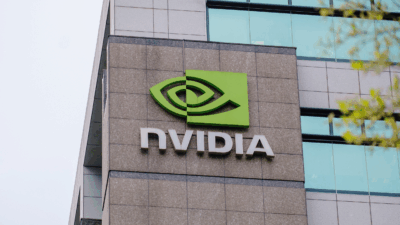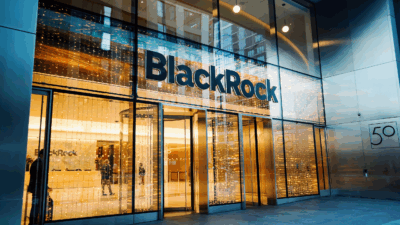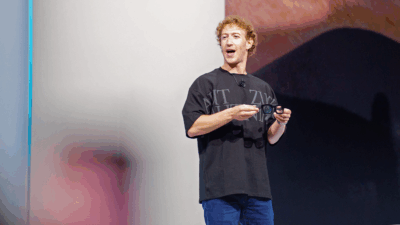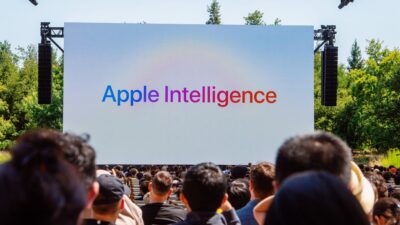Selling Cost-Consciousness is at the Forefront of Earnings Season
Companies are consistently tossing out the phrase “operational efficiency” to show investors they’re protecting profit margins.

Sign up for smart news, insights, and analysis on the biggest financial stories of the day.
“Operational efficiency” is Corporate America’s buzzphrase du jour.
Executive usage of the euphemism for what could simply be called “cost-cutting” skyrocketed this earnings season, according to a recent analysis of conference call transcripts by Morgan Stanley strategists, highlighting how companies are lasered in on convincing investors that they’re operating with fiscal discipline and protecting margins.
Cost in Translation
It’s been about two years since 2022’s great market correction, in which investors finally started to look for profits after buying all the pandemic-era’s hype of growth and potential. And companies are finally starting to deliver. Disney, for instance, credited cost-cutting for its projections of a 20% rise in profit this year. Last year, that came in part by way of mass layoffs, which totaled 7,000 as the House of Mouse targeted some $5.5 billion in cost-cutting. Hertz Global and Levi Strauss have also cited layoffs as a means to protect margins, per a Bloomberg report on Monday.
“Operational efficiency” is often mentioned in the same breath as another trendy term: artificial intelligence, which is basically operational efficiency on steroids:
- Among companies citing “operational efficiency” in their earnings calls, Morgan Stanley strategists say there is significant overlap with companies that tout the future productivity-boosting potential of AI. That mostly includes firms in software, health care, professional services, and finance.
- These same companies are passing the cost-saving measures forward in the form of investment in AI. Meta, for example, which just reported record profit after a “year of efficiency” that featured mass layoffs, has touted aggressive investments into both consumer-facing generative AI tools as well as AI implementation of back-end technologies to bolster its platforms and ad-targeting systems.
The Altar of AI: Still, humans may not need to immediately fret about being sacrificed at the altar of AI. At least according to a recent study from the Massachusetts Institute of Technology, which found that the majority of jobs that could theoretically be replaced by AI systems using computer vision — recognizing and analyzing visual inputs — should be safe for humans for at least the next few years, if not decades, thanks to the exorbitant costs of operating such AI technologies. But “majority” is a loose technical term — the study still found it would be cost-effective to replace 23% of workers whose jobs could theoretically be replaced by computer vision AI systems. May the odds be ever in your favor.











